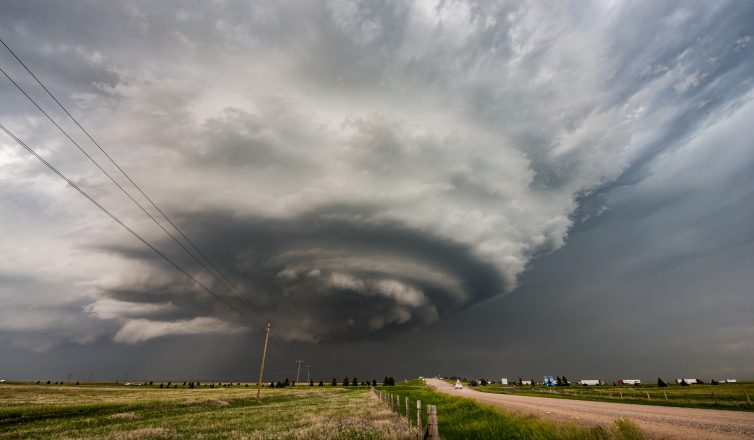When powerful storms pound Tyler, TX, and surrounding areas, they can leave behind a swath of destruction – including a messy tangle of storm debris scattered across your yard. Branches, leaves, uprooted plants, and even downed trees can turn your beautiful property into an eyesore. Getting rid of this unsightly and potentially hazardous mess is crucial for restoring your yard to its former glory.
Assess the Storm Debris
The first step in effective yard debris removal is taking stock of what you’re dealing with. Walk around your property and carefully assess the type and amount of debris. Are you primarily facing small branches and leaves, or are there large, heavy limbs or uprooted trees? Understanding the situation will help you determine your best course of action for storm debris removal.
Methods for Effective Yard Debris Removal
Do it yourself: For smaller-scale debris and if you enjoy the work, a DIY approach can be effective. Rake leaves and gather smaller branches into manageable piles. Invest in a good pair of loppers or a hand saw to cut larger branches into sizes you can handle more easily. Always prioritize safety: Don’t climb to reach high branches or handle large limbs that might be unstable.
Curbside pickup: Many municipalities, including Tyler, offer curbside pickup for yard debris within certain size and weight limits. Contact your city’s waste management website or call them directly to learn about:
- Size and bundling restrictions: Branches may need to be cut and tied into bundles of a certain length and diameter.
- Acceptable materials: Some cities may not pick up whole tree trunks or construction debris mixed in with storm waste.
- Special scheduling: There may be designated pickup days or an adjusted schedule after big storms.
Rent a dumpster. If you’re facing a massive amount of debris, a roll-off dumpster can be a lifesaver. Companies offering dumpster rentals can help you determine the right size for your needs. Be sure to inquire about any limitations on what they will haul away (some might not take certain construction materials or hazardous waste).
Use a debris removal service. For the ultimate in convenience and speed, consider a professional junk removal service like East Texas Junk Removal. These services offer several advantages:
- We handle everything: From loading to hauling and disposal, we take care of the entire process.
- No size limitations: We can handle anything from a few branches to whole fallen trees or large amounts of debris.
- Environmentally responsible: Reputable companies like East Texas Junk Removal ensure the proper disposal of, and may even recycle certain materials.
Choosing the right method depends on the scale of your storm debris, your budget, and how much time and labor you’re willing to commit.
Tips for Post-Storm Yard Maintenance
Storms can wreak havoc on trees, shrubbery, and the rest of your lawn and garden. Here’s how to respond:
Inspect Your Trees
Take a careful walk around your property and examine them closely. Look for broken or hanging branches, deep cracks in the trunk, or exposed roots. If you suspect significant damage that might make the tree unstable and hazardous, don’t attempt to handle it yourself. Contact a qualified arborist for a professional assessment to determine if repair is possible or if tree removal is the safest option.
Replant
Uprooted plants, shrubs, and smaller trees can sometimes be salvaged. If the root system is relatively intact, try replanting. If larger trees are gone, this presents a great opportunity to reimagine your space. Consider planting native trees, shrubs, and flowers. These choices are better adapted to the local climate, more resistant to pests, and offer valuable support to the native wildlife in your area.
Mulch
Don’t let those fallen branches and twigs go to waste! If you’ve got a chipper or shredder, you can turn them into valuable mulch. A layer of mulch around your trees and plants helps to suppress weeds, keep essential moisture in the soil, and gradually adds nutrients as it decomposes. If you don’t have your own equipment, some municipalities offer free or low-cost mulching services with yard debris they collect after storms.
As you restore your landscape, consider making a few simple additions to help your outdoor space bounce back:
- Check gutters and downspouts: Clear out any leaves and debris to prevent overflow and water damage during future storms.
- Tend to your lawn: Aerate areas that may have been compacted during the cleanup process, and consider reseeding bare patches to promote healthy lawn growth.
Don’t let storm debris ruin the beauty and safety of your outdoor space. Take action, choose the best junk removal method that works best for you, and get your yard back in prime condition.
Removal of Yard Debris with East Texas Junk Removal
Don’t let the cleanup process add to the stress of storm damage. When you hire the team from East Texas Junk Removal, your storm debris problems disappear. We offer fast, reliable and environmentally responsible disposal solutions. Whether it’s a few branches or a massive tree, we’ll take the burden off your shoulders and efficiently restore your yard — and all with friendly, top-notch customer service. Reach out today for your free quote.

